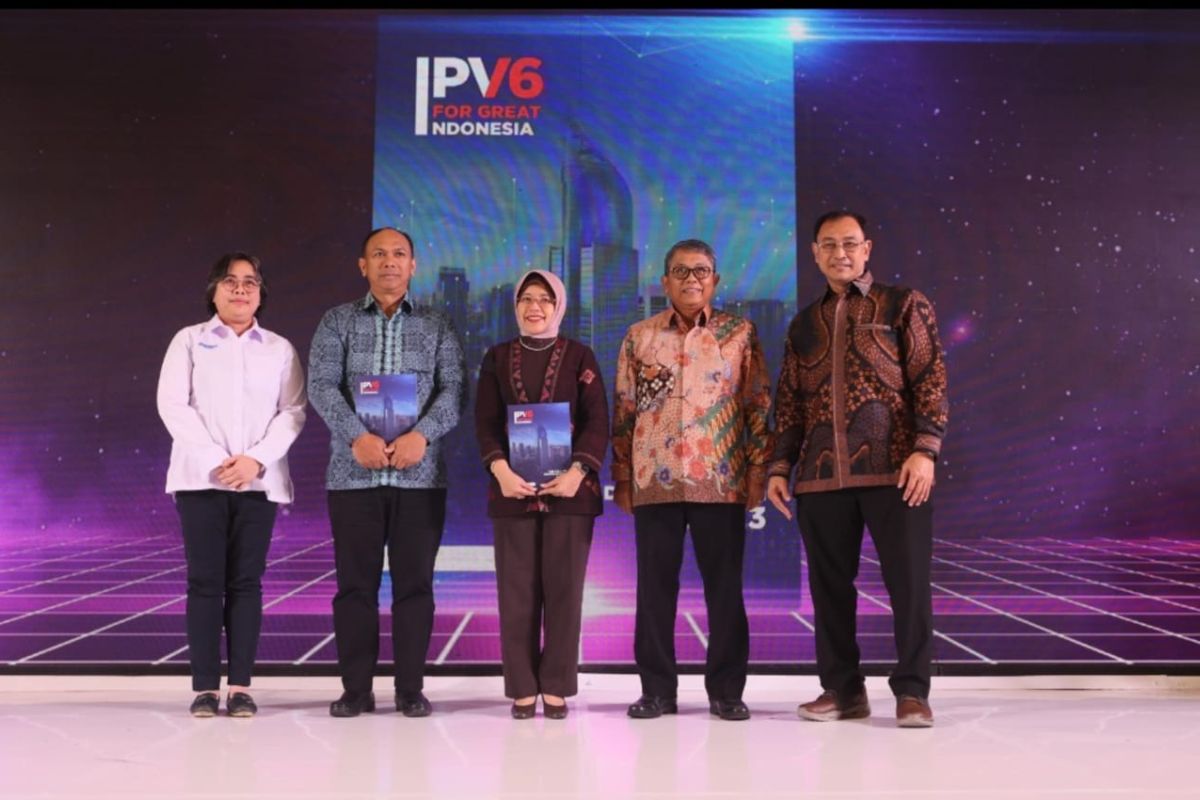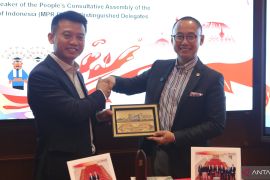Ryan Qiu, Vice President of Huawei Data Communication Product Line, delivered a speech titled "IPv6 Enhanced, the Cornerstone of Digitalization." He noted that in the digital and intelligent era, intelligent applications such as smart office, digital production, and immersive experience are emerging one after, driving network infrastructure to be upgraded for high speed and quality.
IPv6 Enhanced capabilities, such as 400GE, SRv6, network slicing, and Network Digital Map, are ideal for building next-generation IP transport networks to meet the ubiquitous ultra-broadband connection requirements of mobile broadband, home broadband, enterprise private line, and enterprise campus scenarios. These capabilities well support the digital development of individuals, homes, and enterprises, boosting the digital economy.
As digitalization sweeps across the world, more than 100 countries have released their digital strategies. Indonesia released the Indonesia Digital Vision 2045 that touches down on three key topics: inclusive digital access that equitable and secure digital space for the public; empowering the society to use technology in a more productive manner to create value; and sustainable transformation to attain Sustainable Development Goals (SDGs).
As a bridge between the physical and digital worlds, IP networks play a pivotal role in connecting everything and applications. Network transport evolution from IPv4 to IPv6 has become a consensus around the world. IPv6 has inherent advantages in technologies, costs, and industry maturity. Building next-generation transport networks with IPv6 Enhanced capabilities has become the trend of network evolution and the cornerstone for the digitalization of individuals, homes, and enterprises.
UHD video applications for individuals and homes are growing explosively, and immersive XR and AR applications are gradually maturing. As a result, consumers require a better broadband experience, meaning that there will be an explosive growth of individual and home network traffic.
According to survey, the video application traffic in Indonesia has increased by more than 20% over the past two years. The ultra-broadband 400GE capability will become a basic evolution requirement of transport networks. In addition, there are a large number of islands in Indonesia, and inter-island network link resources are very important. It is imperative to maximize resource utilization. Traditional manual optimization and O&M are difficult. Networks urgently need to improve multidimensional visualization, path optimization, and other capabilities for automated and intelligent O&M.
Digital government is an integral part of Indonesia's digital transformation. It requires improving business processes, digitalizing e-government and services, strengthening connections between regional and central governments, and ensuring business security and data sharing.
As increasingly more digital governments and enterprises use multi-cloud access connections for office and production, higher requirements are imposed on network connection flexibility and SLA assurance differentiation. To meet these new requirements, next-generation IP transport networks must be capable of providing 400GE ultra-broadband transport, resilient and flexible connections, differentiated assurance, and Network Digital Map to drive digital transformation.
Next-generation IP transport networks play an important role in individual, home, industry, and other fields. In the carrier field, 400GE IP transport networks will meet the requirements for massive GE or 10GE mobile broadband and home broadband connections, improve user experience, increase the ARPU, and help carriers grow revenue in traditional services.
Intelligent path selection based on SRv6 and Network Digital Map will maximize network resource utilization, improve O&M automation, and increase network resource efficiency by 30%. In the digital government field, one network carries multiple government service applications. Network slicing provides data security isolation in addition to differentiated service SLA assurance. Moreover, Cloud-network Express provides one-hop access to multiple clouds, significantly improving the efficiency of government digital transformation.
Leading carriers in Indonesia have begun their exploration of next-generation IP transport networks. With the ramp-up of FTTH, massive growth of 4G users, and pilot use of 5G packages, increasingly higher requirements are imposed on network transport experience. Currently, 400GE deployment can well cope with rapid traffic growth. An IP network deployed with SRv6 and Network Digital Map can be continuously optimized to deliver optimal user experience.
According to Ryan Qiu, the key capabilities — such as 400GE transport, SRv6, network slicing, and Network Digital Map — of next-generation IP transport networks have been deployed and applied by 20 carriers in Europe, Middle East & Central Asia, Asia Pacific, and Latin America. These innovative technologies are becoming mature in terms of standards, interoperability, application, and deployment. With the emergence of increasingly more digital applications, home broadband, mobile broadband, enterprise campus, and enterprise private lines all need to be upgraded to 10GE.
Next-generation IP transport networks not only support the comprehensive development of 5G mobile transport, gigabit home broadband, and agile enterprise private line services, but also support future-oriented ubiquitous 10GE connections. In addition to protecting investments, such long-term network evolution also boosts service revenue growth and accelerates digital transformation for carriers.
Reporter: PR Wire
Editor: PR Wire
Copyright © ANTARA 2023












